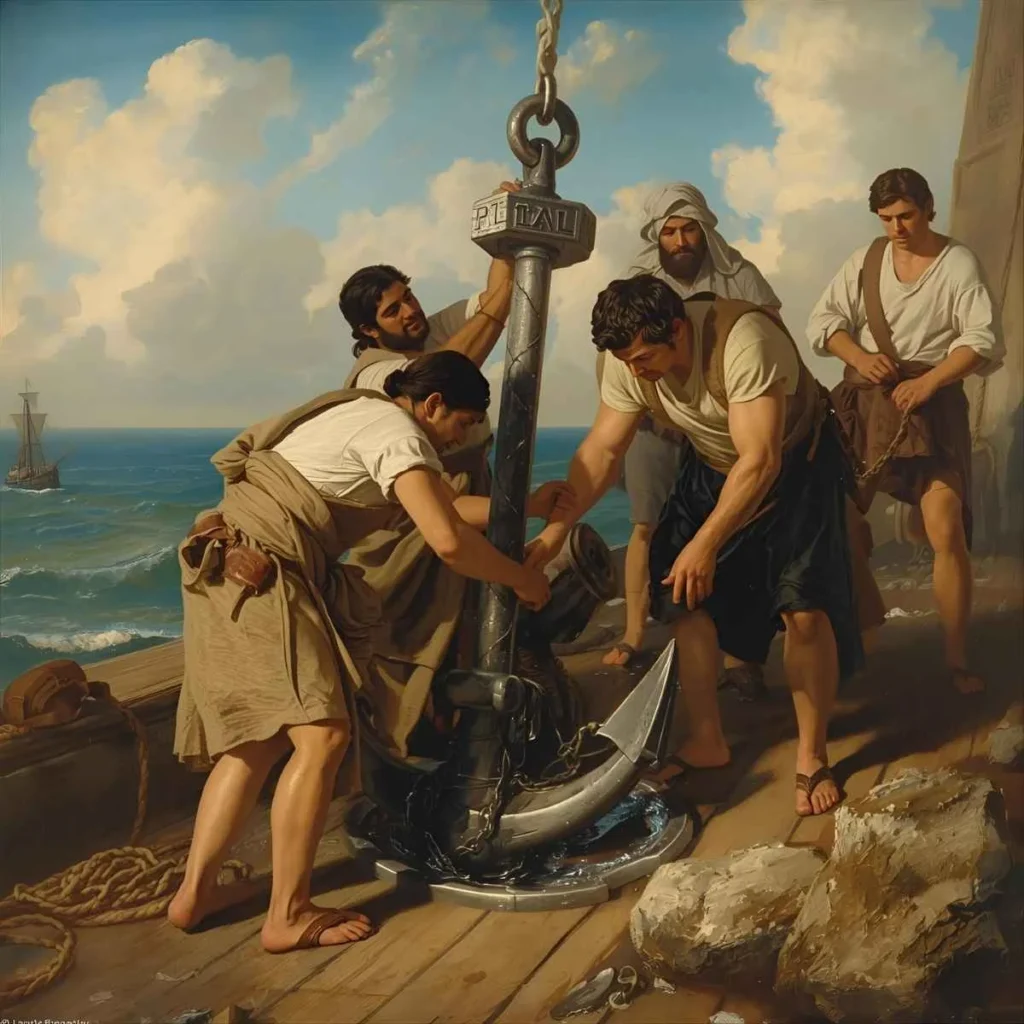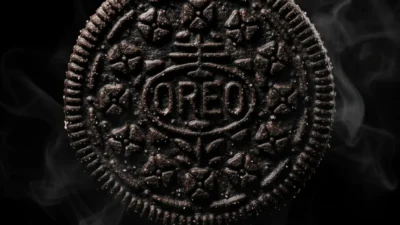The anchor symbol is one of the oldest and most recognizable emblems in human history. From ancient sailors to modern tattoo designs, the anchor has represented safety, hope, and steadfastness. It reminds us that even in life’s roughest storms, there’s always something solid to hold onto — a point of security and peace amid uncertainty.
But the anchor’s meaning goes far beyond the sea. It’s a powerful metaphor for emotional grounding, faith, and resilience, found in religions, mythology, and contemporary art. Whether seen on jewelry, logos, or tattoos, this symbol speaks a universal truth — staying grounded no matter what waves come your way.
Historical Origins of the Anchor Symbol
The anchor’s story begins with sailors and maritime cultures thousands of years ago. In ancient Greece and Rome, anchors were vital for navigation — a lifeline connecting a ship to stability when facing unpredictable waters. Because of this, they became associated with safety and protection.

Early Christians later adopted the anchor as a secret symbol of faith. During times of persecution, they used the anchor to represent hope in Christ without drawing attention to themselves. It merged the shape of a cross with a seafaring tool — a symbol of faith hidden in plain sight.
Over time, the anchor’s meaning expanded. It became a universal sign of perseverance and balance — a reminder that, no matter how strong the current, holding firm to one’s beliefs ensures survival.
Spiritual Meaning of the Anchor
Spiritually, the anchor stands for inner strength and trust. It encourages people to remain calm and steady during emotional or spiritual turbulence. Just as an anchor keeps a ship secure, faith or inner peace can keep one grounded in life.

In Christianity, the anchor symbolizes hope — a belief that things will hold steady even when unseen. Hebrews 6:19 describes hope as “an anchor for the soul, firm and secure.” Similarly, in Buddhism and Hinduism, stability and mindfulness reflect the anchor’s grounding quality — finding calm within chaos.
The spiritual message is clear: strength doesn’t come from avoiding storms but from learning to stay rooted through them.
Anchor Symbol in Modern Culture
Today, the anchor is everywhere — from tattoos and jewelry to fashion and corporate logos. Its popularity lies in its timeless symbolism.
In tattoos, the anchor often represents stability, loyalty, and connection to home. Sailors traditionally got anchor tattoos after crossing the Atlantic Ocean, marking experience and safe passage.

In relationships, an anchor can signify emotional grounding — someone who keeps you centered. Many couples wear matching anchor jewelry to symbolize support and trust.
In mental health and mindfulness, the anchor has taken on new meaning. It’s often used as a metaphor for staying grounded during anxiety or life changes. The phrase “drop your anchor” reminds us to pause, breathe, and find balance.
Whether used in art, therapy, or spirituality, the anchor continues to represent peace and resilience.
Cultural Symbolism of the Anchor
Across cultures, the anchor’s meaning blends practicality with philosophy.
- Western Culture: Represents safety, stability, and eternal love. It’s often linked with hope and perseverance.
- Eastern Culture: Symbolizes grounding, mindfulness, and connection to the Earth’s steady energy.
- Nautical Culture: A token of survival and courage. For sailors, it’s both a tool and a talisman — a reminder that the sea’s chaos can always be met with steadiness.
- Pop Culture: Seen in logos like the U.S. Navy or brands emphasizing strength and reliability.
These interpretations show how the anchor bridges material and spiritual worlds — a balance of motion and stillness, challenge and peace.
Symbolism in Literature and Art
Writers and artists have long used the anchor as a metaphor for faith and emotional endurance. In poetry and paintings, anchors appear when characters face despair but refuse to give up.
For instance, Renaissance art often depicted anchors beside saints or angels, linking divine faith with earthly steadiness. Modern literature uses the anchor as a symbol of emotional security — a reminder of what holds us together when everything else drifts apart.
In this sense, the anchor doesn’t just symbolize hope — it tells a human story of courage and groundedness.
Anchor Symbol in Dreams
Dreaming of an anchor can reflect your emotional state. Seeing one may suggest you’re seeking balance or stability in your waking life. If the anchor is secure, it signals confidence and peace. If it’s drifting or broken, it may represent a feeling of instability or uncertainty.
Dream interpretations often connect anchors to personal relationships or goals — reminders to stay grounded in what truly matters.
Anchor Symbol in Tattoos
The anchor tattoo is among the most meaningful and enduring designs. It often symbolizes:
- Stability and strength — standing firm despite hardship
- Loyalty and commitment — to loved ones, beliefs, or oneself
- Adventure and resilience — facing life’s unknowns with courage
People also combine the anchor with other symbols for layered meanings:
- Anchor + Heart: Love and faithfulness
- Anchor + Rope: Safety and unity
- Anchor + Compass: Direction and purpose
These designs remind wearers that true stability comes from within.
FAQs
Q1: What does an anchor symbolize in love?
An anchor symbolizes loyalty, stability, and emotional grounding in a relationship. It represents someone who keeps you balanced through all of life’s ups and downs.
Q2: Why is the anchor a symbol of hope?
Because it holds a ship steady during storms, the anchor became a symbol of hope — the belief that even in chaos, something strong and reliable keeps you safe.
Q3: What does an anchor tattoo mean spiritually?
Spiritually, an anchor tattoo symbolizes inner peace, resilience, and faith — staying grounded in life’s spiritual journey.
Q4: What does it mean to “drop your anchor”?
It means to find calm and stability in the present moment — to stop drifting mentally or emotionally and reconnect with yourself.
Conclusion
The anchor symbol stands as a timeless emblem of strength, hope, and balance. From its origins in seafaring to its place in faith, art, and psychology, it reminds us that no matter how fierce the waves, we can always find something steady to hold onto.
Whether you see it on a sailor’s arm, a necklace, or a meditation guide, the anchor speaks one universal truth — resilience isn’t about avoiding the storm but staying firmly grounded through it.
Explore the powerful symbolism of the anchor — from its maritime roots to its spiritual meaning. Discover why this timeless symbol represents strength, hope, and emotional balance.

William Blake is a poet, painter, and mystic whose visionary works merged art and spirituality. His deep symbolism, rooted in imagination and divine inspiration, continues to inspire seekers of truth. Blake believed that every symbol is a doorway to higher understanding and inner awakening.



